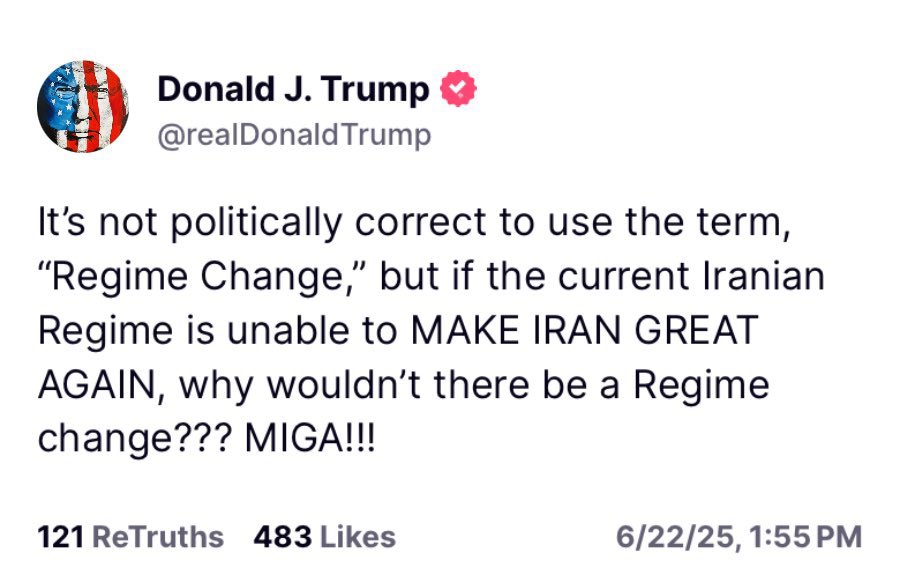Current Insights on Truth Social: The New Media Platform

Introduction
Truth Social, the social media platform launched by former President Donald Trump, has gained considerable attention since its inception. Aimed at providing a space for free expression, Truth Social has become a crucial topic amid growing concerns over censorship and the power of major tech companies. Understanding its current status and relevance is essential for users navigating the evolving social media landscape.
Recent Developments
Since its launch in February 2022, Truth Social has faced a series of challenges and controversies. Initially perceived as a potential competitor to mainstream platforms like Twitter and Facebook, the app encountered significant technical issues that hindered its user growth. Reports indicated that the platform struggled to handle its initial influx of users, with many experiencing difficulties in account creation and access.
As of October 2023, the company behind Truth Social, Trump Media & Technology Group (TMTG), has been in the spotlight due to ongoing investigations and questions surrounding its financial stability. The merger with Digital World Acquisition Corp (DWAC), a special purpose acquisition company, has faced scrutiny, leading to delays and regulatory challenges. Furthermore, the platform’s utilisation of alternative business models and reliance on subscription revenues have been points of contention among investors and analysts.
Despite these hurdles, Truth Social continues to attract a dedicated user base, claiming over two million downloads shortly after its launch. The platform’s appeal lies in its promise to protect users’ freedom of speech and cater to those who feel sidelined by traditional social media outlets.
Current Usage and Audience
Truth Social has carved out a niche audience predominantly composed of conservative users and supporters of Trump. The platform’s interface and functionality mirror those of other social media sites but are infused with a right-leaning ethos. Users on Truth Social engage in discourse that resonates with their values, often discussing political topics, cultural issues, and current events without the fear of moderation that they associate with mainstream platforms.
Moreover, key figures in the conservative movement, including politicians and influencers, have embraced Truth Social, thus encouraging further user engagement and content generation on the platform.
Conclusion
The future of Truth Social remains uncertain as it navigates financial investments, user growth, and regulatory scrutiny. Its success will largely depend on the platform’s ability to resolve technical challenges and expand its user base beyond its current ideological supporters. If it can achieve this, Truth Social may become a significant player in the social media realm. However, for now, it serves as an intriguing case study in the intersection of technology, politics, and free speech in the digital age, signalling a growing demand for platforms not governed by traditional social media norms.









